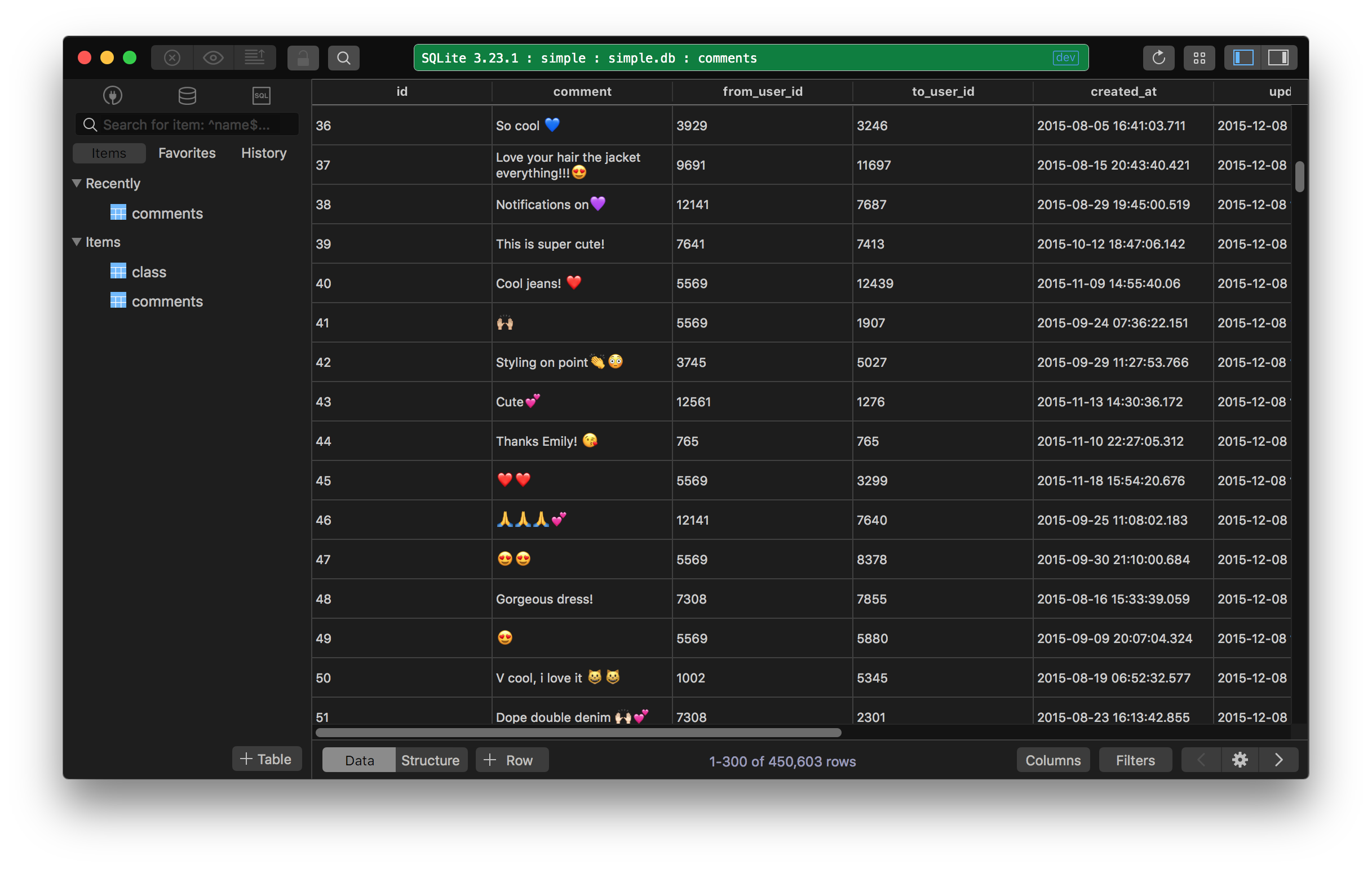SQLite vs SQL Server - A quick comparison
Definition
- SQLite is a self-contained, high-reliability, embedded, full-featured, public-domain, SQL database engine. It’s among the most well-known and widely used relational database engines in the world.
- SQL Server by Microsoft is a SQL-based relational database management system designed for use in corporate applications, both on premises and in the cloud. It is a full-featured database primarily designed to compete against competitors Oracle Database (DB) and MySQL.
Pricing model
- SQLite is free.
- SQL Server is a commercial with a restricted free version available.
Server operating systems
- SQLite is server-free
- SQL Server runs on Linux and Windows
APIs and other access methods:
- SQLite supports these drivers:
- ADO.NET
- JDBC
- ODBC
- SQL Server supports:
- OLE DB
- Tabular Data Stream (TDS)
- ADO.NET
- JDBC
- ODBC
Supported programming languages:
- SQL Server supports these programming languages:
- C#
- C++
- Delphi
- Go
- Java
- JavaScript (Node.js)
- PHP
- Python
- R
- Ruby
- Visual Basic
- While SQLite supports almost any programming languages you can think of:
- Actionscript
- Ada
- Basic
- C
- C#
- C++
- D
- Delphi
- Forth
- Fortran
- Haskell
- Java
- JavaScript
- Lisp
- Lua
- MatLab
- Objective-C
- OCaml
- Perl
- PHP
- PL/SQL
- Python
- R
- Ruby
- Scala
- Scheme
- Smalltalk
- Tcl
Support for Stored Procedure
- SQLite doesn’t support stored procedure
- SQL Server has it with Transact SQL and .NET languages
Partitioning methods
- SQLite doesn’t support
- In SQL Server, tables can be distributed across several files (horizontal partitioning); sharding through federation.
Replication methods:
- SQLite doesn’t support
- SQL Server does support
User Access control:
- SQLite doesn’t have the user access control concept.
- SQL Server has fine grained access rights according to SQL-standard.
When to use?
As a light version of Relational Database Management System, SQLite can be able to set up and run really fast, but it also has to sacrifice other advanced features that some people find useful, such as high concurrency, fine-grained access control, a rich set of built-in functions, stored procedures, esoteric SQL language features, XML and/or Java extensions, tera- or peta-byte scalability, and so forth.
On the other hand, SQL Server is built for enterprise-level data management with a lot of advanced features. So between the two database engines, if you want something fast for mobile devices (embedded or serverless environment), SQLite is an optimal solution, otherwise, SQL Server trumps.
Need a good GUI Tool for SQLite or SQL Server? Try TablePlus. It provides a modern, native GUI client for you to access, query, edit, and save your relational databases in a fast and secure way.
Download TablePlus for Mac. It’s free anyway.
Not on Mac? Download TablePlus for Windows.
